The National Electrical Code (NEC) contains requirements to safeguard people and property from electrical hazards that can arise from varying items from incorrect applications, installations, or acts of nature that are otherwise preventable. Since we can’t control the installation until after it occurs, and random natural acts are extremely hard to predict in the long term, we must focus on incorrect applications of equipment and electrical products, and this is where NEC 110.3 comes into play.
Inspection personnel have a huge responsibility at both the plan review and inspection stage of a project- whether it is commercial, industrial, or residential, to determine if the right products are being used in their correct applications. The authority having jurisdiction (AHJ) relies on the items in NEC 110.3(A) to guide them in determining the suitability and installation of the equipment to practically safeguard people and property as required in Section 90.2. This includes the equipment’s durability, proper wire bending and connection space, heating and arcing effects, classification, and other factors to protect people likely to come in contact with the equipment.
New to the 2023 NEC is “Cybersecurity for network connected life safety equipment” under a new item (8). With the potential for unauthorized updates and intrusions through a wired network, protecting life safety equipment (such as surgical, heart monitors, iron lungs, or negative pressure in infectious disease rooms) this can be an important requirement for keeping people safe while in an incapacitated manner. ANSI/ISA 62443 contains a series of standards for industrial automation and control systems, the UL 2900 series of standards for software cybersecurity for network-connectable products, and UL 5500, Standard for Remote Software Updates. These standards provide the framework to mitigate current and future cybersecurity vulnerabilities while addressing software integrity in electrical equipment systems.
NEC 110.3(B) is where AHJs can go to make sure that equipment is listed and labeled, and installed according to its manufacturer’s installation instructions. Another needed and welcome change to the 2023 NEC under 110.3(B) is the term “identified for a use.” This change helps aid AHJs in the application of products that typically aren’t listed but are critical to the installation of electrical systems. As an example, we commonly see wire staples used in residential and commercial construction, but are staples listed or labeled? The answer is generally “no,” but with the addition of the 2023 language, we can go to the package and see what the manufacturer identified them to be able to do- how many and what size cable can be stapled down- it also now gives us the ability to reject an inspection when the products used are not installed in accordance with the manufacturer’s guidelines.
AHJs aren’t the only ones that must review the requirements of NEC 110.3. Many times, we find emerging technology that hasn’t made its way into the Code yet, owner-built electrical equipment, or equipment that may not be listed or labeled and must be field evaluated and approved by a Nationally Recognized Testing Laboratory (NRTL). These evaluations and approvals are critical to ensuring that people and property are safe where electrical installations and equipment are present. NEC 110.3(C) makes it clear that non-listed and labeled equipment must be evaluated to provide equivalent safety to comply with the NEC.
As you can see, while only covering a little more than half a page in the code book, the verbiage found in this section guides almost every other article and section found in the NEC. Without the critical guidance found in NEC 110.3, AHJs and NRTLs would not be able to perform their reviews and inspections in the best interest of the NEC, which is electrical safety.


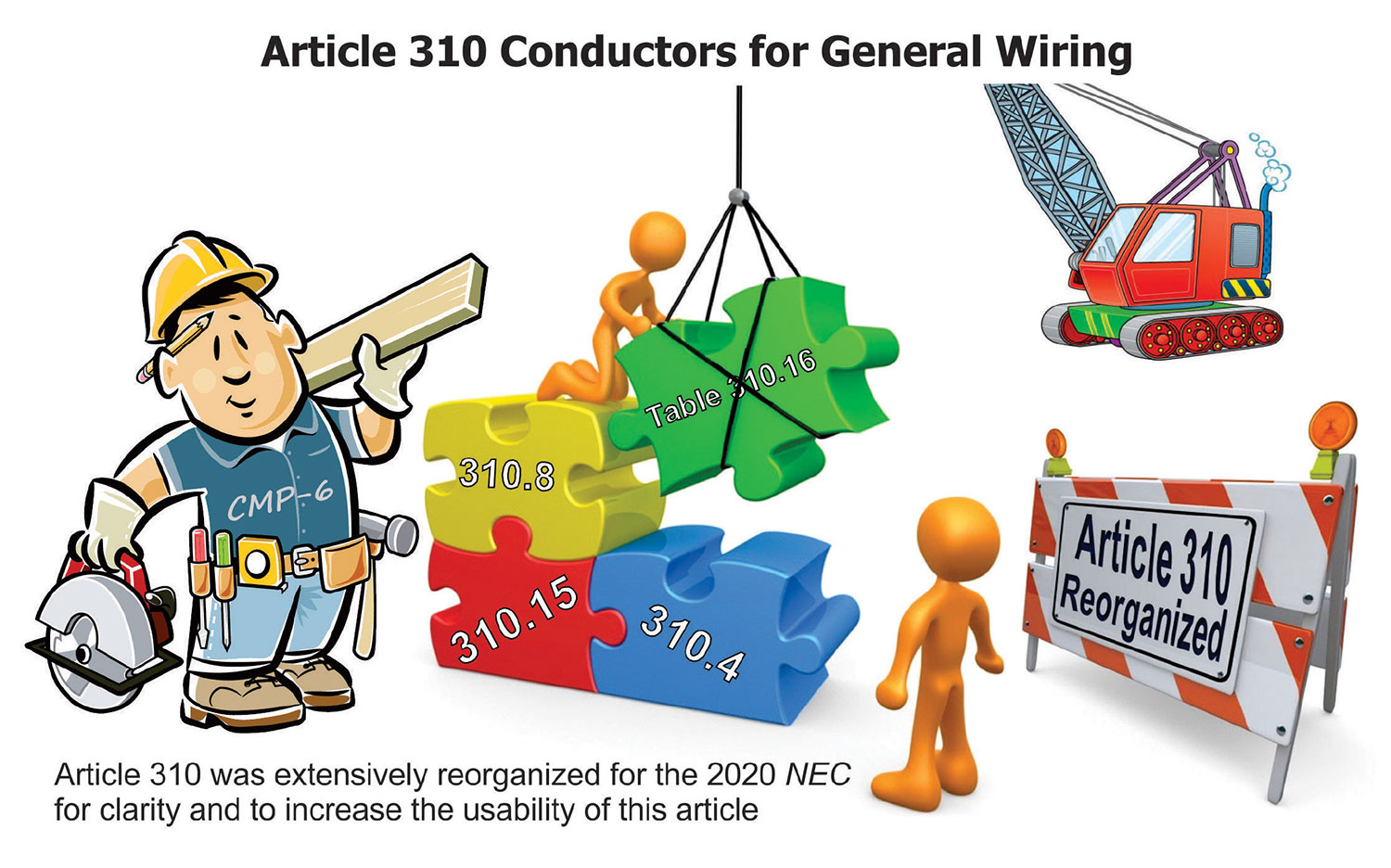
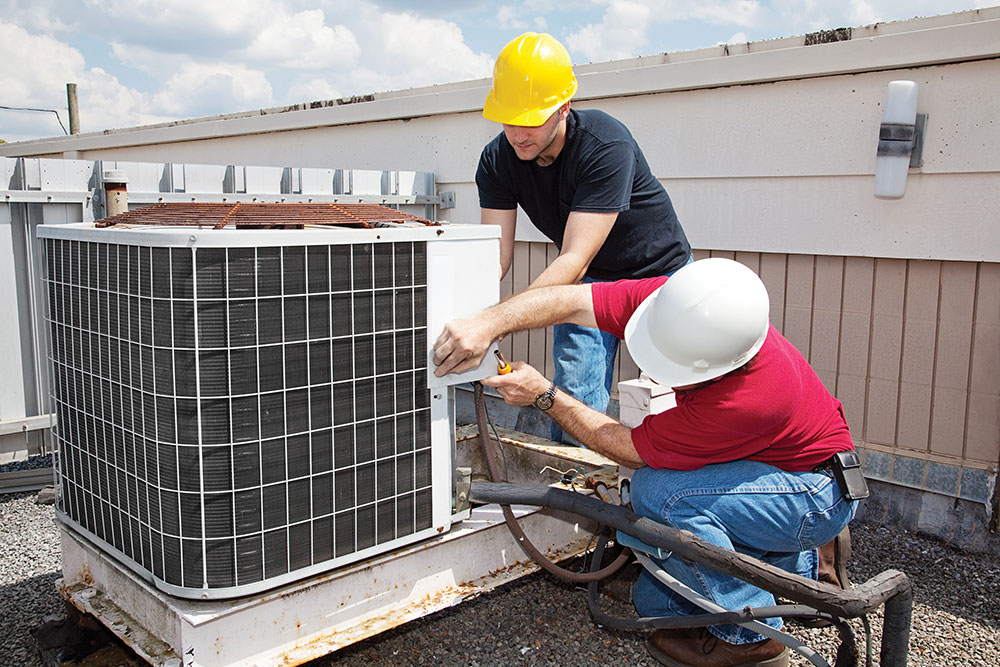

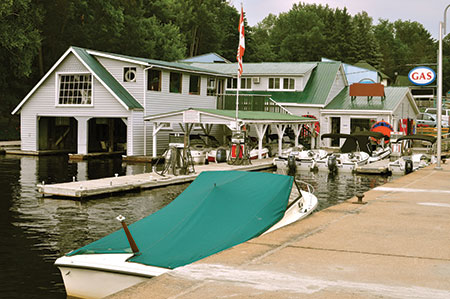


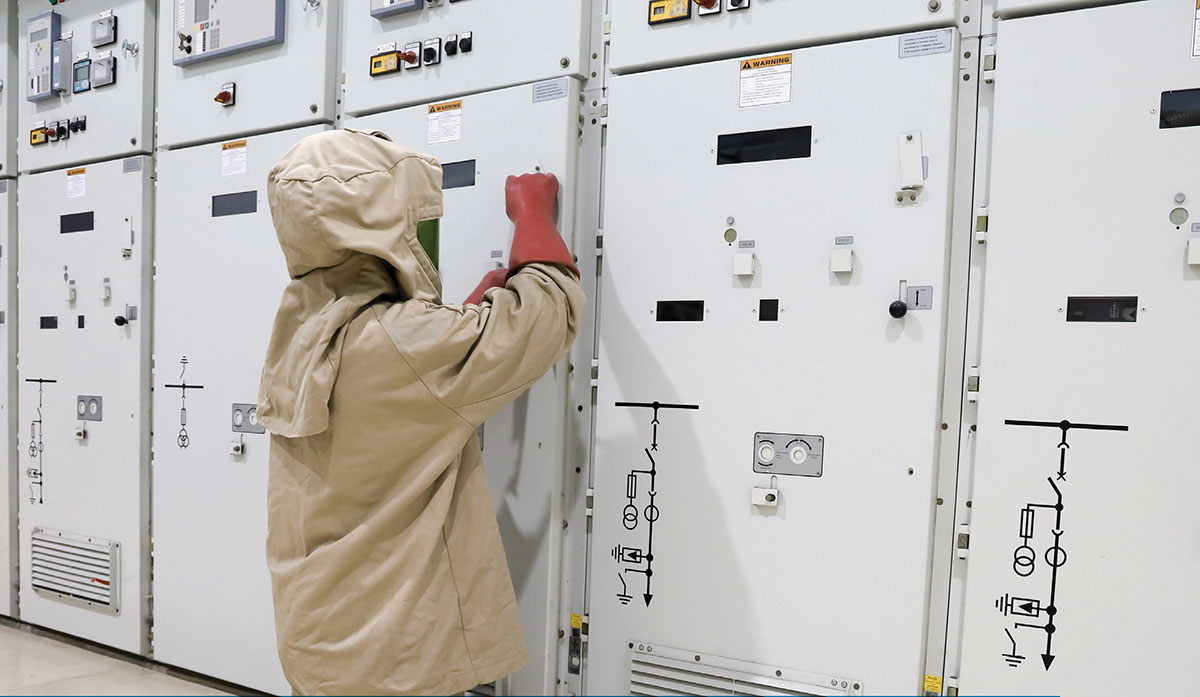

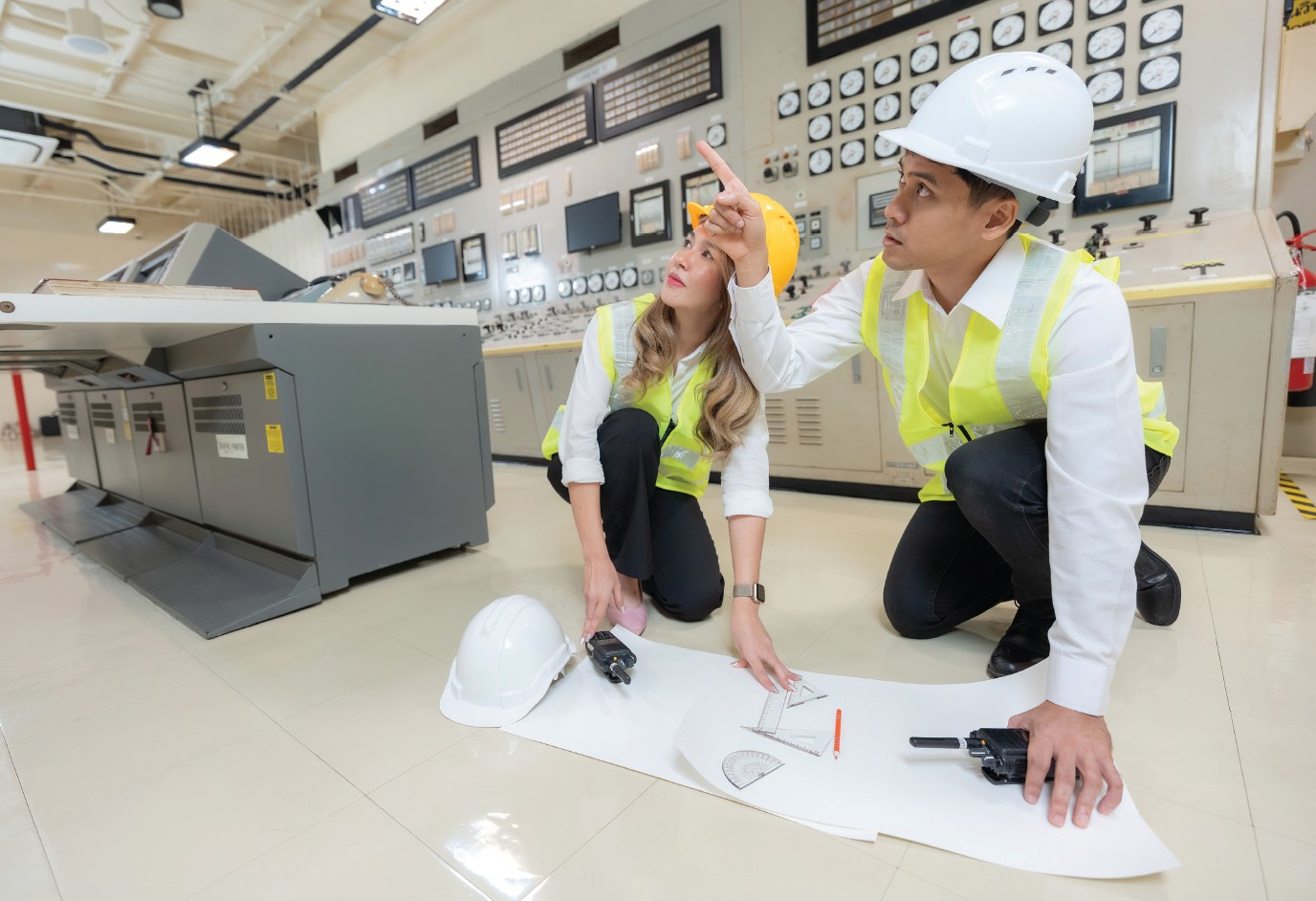
Find Us on Socials